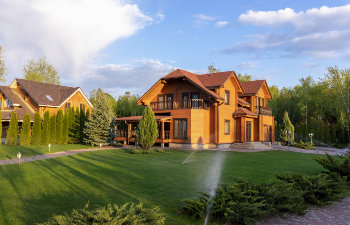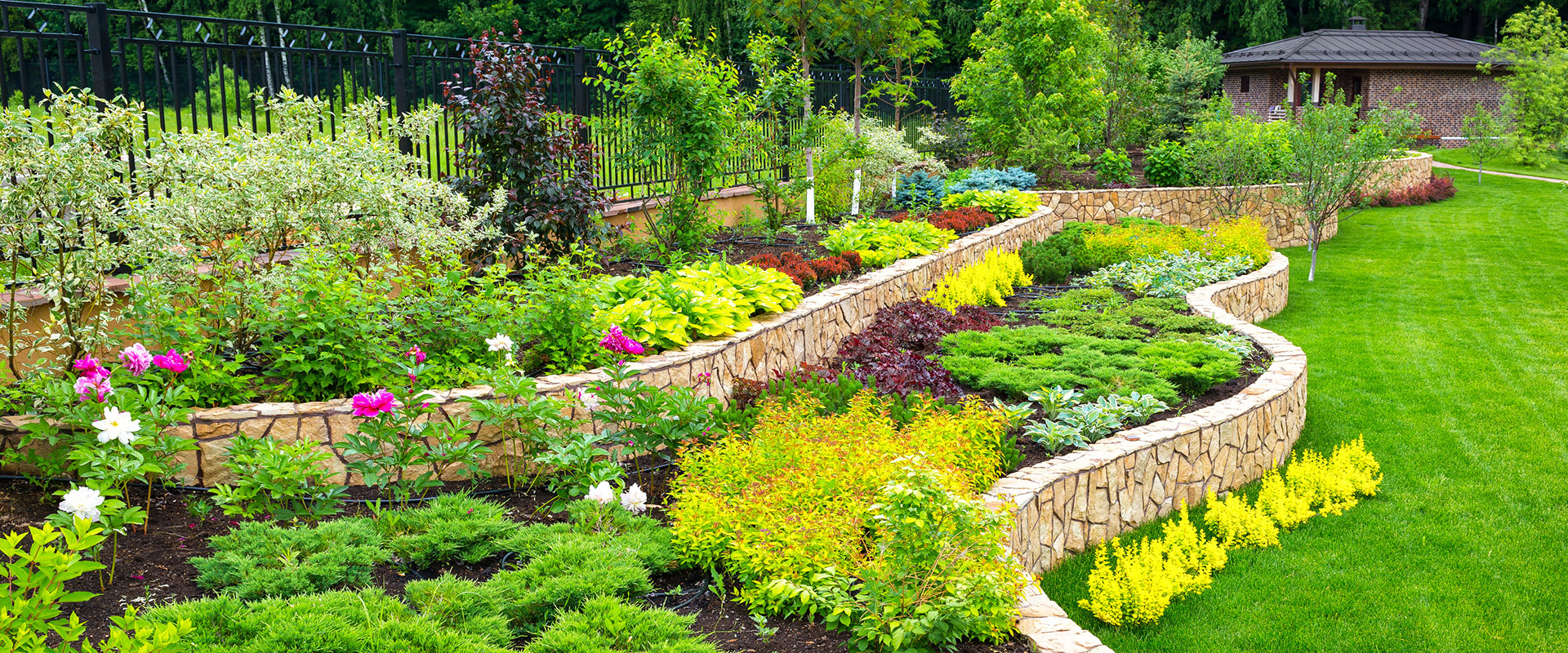
Home renovations can breathe new life into your property, but they can also wreak havoc on your landscaping if you’re not careful. Whether you’re painting, upgrading your roof, or bringing in heavy machinery for major renovations, your outdoor space is at risk of damage.
At Everlast Lawn & Landscapes in Cumming, we understand the importance of protecting your plants, trees, and lawn during home improvements. With the right strategies, you can maintain a beautiful landscape while upgrading your home. Here’s how.
Why Home Renovations Can Harm Your Landscape
Most homeowners don’t realize the extent of damage that construction and renovation projects can cause to their landscaping. Here are some common threats:
- Heavy Machinery and Foot Traffic: Equipment like excavators, trucks, and ladders can compact soil and damage plant roots.
- Paint and Chemicals: Exterior painting or staining can expose plants to toxic chemicals that can burn leaves and disrupt growth.
- Debris and Dust: Falling materials from roofing or siding replacements can crush flower beds and grass.
- Soil Disruption: Digging and excavation for plumbing, irrigation, or foundation work can damage root systems and lead to erosion.
- Extended Shade or Sun Exposure: Temporary structures or materials stacked against plants can alter sunlight exposure, affecting plant health.
How to Protect Your Landscaping During Renovations
- Create a Barrier: Use plywood sheets, temporary fencing, or tarps to shield flower beds and delicate plants from debris and foot traffic.
- Cover Grass and Walkways: Lay down plywood or landscape fabric over your lawn to prevent soil compaction and grass damage.
- Relocate Potted Plants: Move container plants away from construction zones to keep them safe from dust, chemicals, and accidental spills.
- Wrap Trees and Shrubs: Protect trees and shrubs by wrapping them with burlap or plastic sheeting to minimize dust accumulation and accidental breakage.
- Water More Frequently: Dust and construction materials can dry out plants, so increase watering to keep your greenery hydrated and healthy.
Protecting Your Lawn from Heavy Equipment
Lawn damage is one of the most common issues during home renovations. Machinery and frequent foot traffic can lead to compacted soil, which suffocates grass roots and prevents proper drainage. Here’s what you can do:
- Use Protective Mats: Place plywood or rubber mats on pathways where vehicles or workers will frequently travel.
- Aerate After Construction: Once renovations are complete, aerate the soil to restore oxygen flow and promote healthy root growth.
- Reseed Damaged Areas: Any areas that experience excessive wear should be reseeded or sodded immediately to encourage regrowth.
Shielding Your Garden from Paint and Chemicals
Painting and staining projects pose a significant risk to plants due to toxic chemicals. Even natural-looking paint splatter can damage plant life. To prevent this:
- Cover Plants with Plastic or Drop Cloths: If you’re painting or staining, protect surrounding plants with breathable coverings. Remove covers immediately after work is done to prevent overheating.
- Wash Off Any Residue: If plants or grass come in contact with paint or chemicals, rinse them off immediately with water to reduce damage.
- Choose Eco-Friendly Products: Opt for low-VOC, non-toxic paints and stains to minimize environmental impact.
Managing Debris and Dust During Construction
Construction sites generate a lot of dust and debris that can smother plants, clog irrigation systems, and disrupt soil health. Keep your landscaping clean by:
- Using Tarps to Collect Debris: Place tarps under work areas to catch falling materials and make cleanup easier.
- Regularly Rinsing Plants: Spray down leaves and flowers to remove dust and prevent buildup.
- Keeping Gutters and Drains Clear: Ensure construction debris doesn’t block drainage, which can lead to pooling water and root rot.
Protecting Irrigation Systems
If your home improvement project involves digging or heavy machinery, your irrigation system is at risk of being damaged. Steps to take include:
- Marking Sprinkler Heads and Pipes: Clearly indicate irrigation system components before construction begins.
- Turning Off the System: Avoid unnecessary damage by temporarily shutting off the system until renovations are complete.
- Inspecting for Damage: Once construction is done, check for broken pipes or misaligned sprinkler heads and repair them as needed.
Restoring Your Landscape After Renovation
Once your home improvement project is complete, it’s time to bring your landscape back to life.
- Assess the Damage: Walk through your yard and identify any damaged plants, compacted soil, or broken irrigation components.
- Fertilize and Mulch: Give your plants and lawn an extra boost by fertilizing and adding mulch to restore soil nutrients.
- Trim and Prune: Remove any broken or damaged branches from trees and shrubs to encourage new growth.
- Replant Where Needed: If any plants were lost, replace them with fresh flowers, shrubs, or sod to restore the beauty of your yard.
Partner with Landscaping Experts for Protection and Restoration
At Everlast Lawn & Landscapes in Cumming, we help homeowners protect and restore their landscapes before, during, and after renovations. Whether you need pre-project planning, protective barriers, or post-construction landscaping services, our team is here to keep your outdoor space looking its best.
If you’re planning a home improvement project, let us help you safeguard your yard. Contact us today for expert landscape protection and restoration solutions!
Posted on behalf of
4315 Summerwood Drive
Cumming , GA 30041
Phone: (770) 480-2695
Email: everlastlawns@aol.com
Monday – Friday: 8:00 AM – 5:00 PM
Saturday, Sunday: Closed


